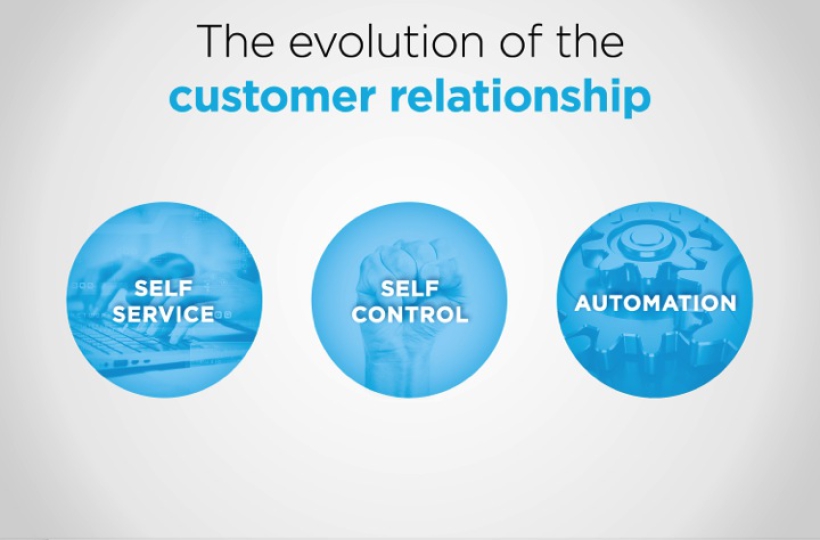Designing for eye contact

Time after time it strikes me. It strikes me how so many professional human interactions are so non-humane. You take a train. The conductor checks your train ticket, looking at the small print on the ticket. Is the date right? Is the destination right? I think every one in ten times, this person actually looks me in the eyes.
Or if you don’t have a ticket, the he takes out his massive calculator-looking device so that he can print you a brand new ticket. He’s immersed in his device for at least a minute straight. I sit there, waiting, answering questions. The same happens at the travel agency. When booking a trip, the lady on the other side of the desk is immersed in her computer screen, searching your flight, hotel,… In an interaction that lasts approximately half an hour, you’re lucky if you get 2 minutes of eye contact…
We know that touchpoints are important, that the moment and context where a person gets in touch with your product or service can be crucial for that person’s opinion and all what follows in the purchasing funnel. The design of the interaction is crucial.
Try googling ‘human interaction design’. Most of what you get talks about designing the interaction between a user and a computer interface. Reminds me of TRON, but it’s not quite helpful for businesses, right? For me, one of the essential things that makes me feel important in an interaction (or transaction) with a product or service is the eye contact. Eye contact symbolizes interest, and I’m dying to believe that the company I want to purchase from is interested in me. And acts in my best interest.
If I would have to redesign a service like the one that is given by travel agencies or railways, one of the most important KPI’s would be the % of eye contact: Total time eye contact / total interaction time. Does the usage of devices like computers hamper this? Absolutely. Can the design of devices improve this? Absolutely. Think of multitouch tables, see-through screens etc… Key issue is this: we need to transfer the device from an interaction-disabler to an interaction-enabler. Measured by the % eye contact, the hierarchy of importance in today’s interactions mainly is the following:
Device > customer.
Let’s flip that around, shall we?
If you have any great ideas or interesting reads about this, my virtual eyes are open for you at @eliasveris.